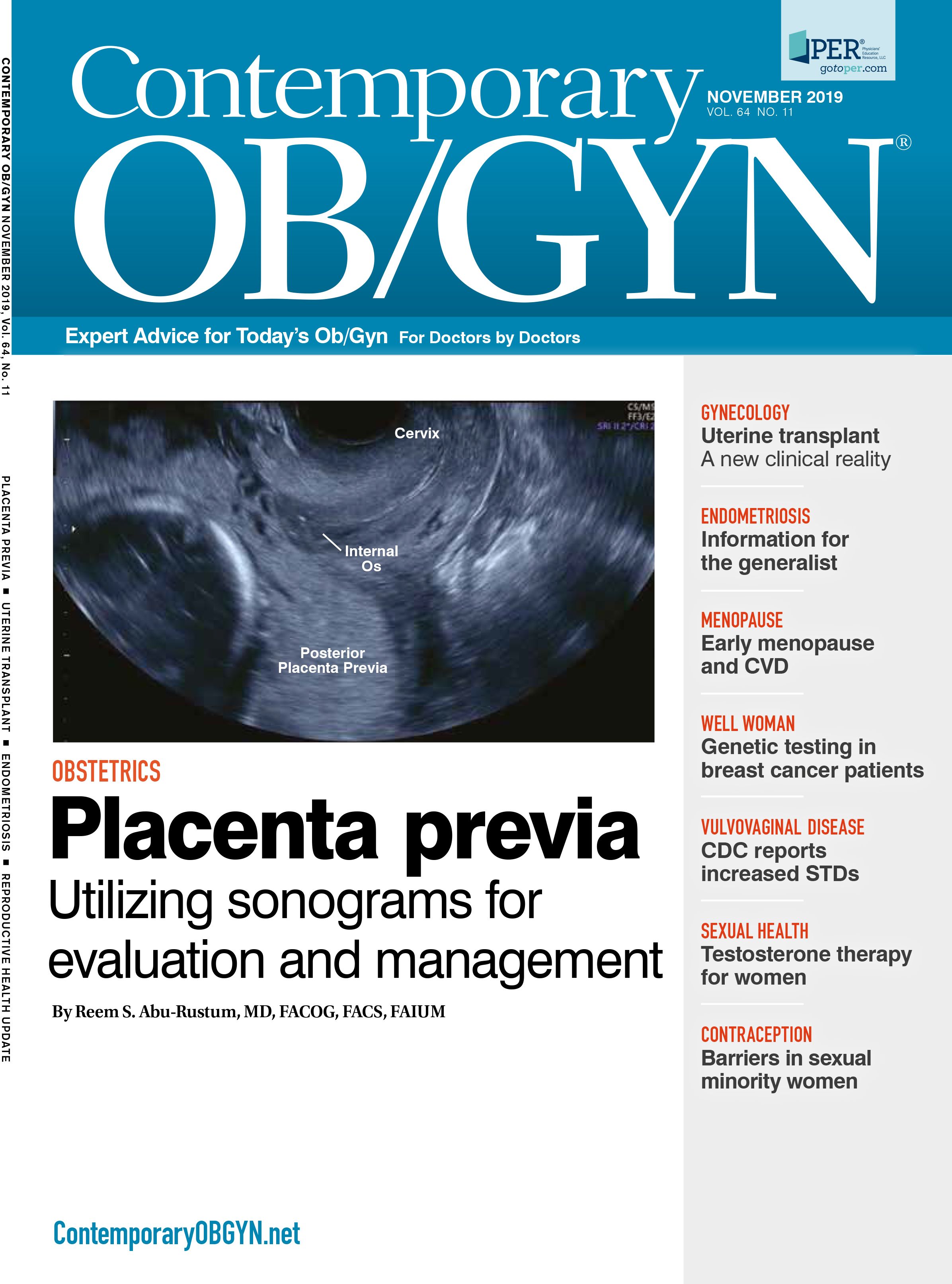Birth outcomes in impoverished areas of the US
A new report from the Centers for Disease Control and Prevention compared the outcomes of mothers and their babies in Appalachia and the Delta with those of their counterparts elsewhere in the United States.
©Puwadol Jaturawutthichai - shutterstock.com

A new report from the Centers for Disease Control and Prevention (CDC) shows that mothers and their babies in Appalachia and the Delta have worse outcomes than their counterparts elsewhere in the United States. The findings are based on analysis of 2017 birth certificate data and 2016-2017 linked birth/infant death data from the National Vital Statistics System.
Published in National Vital Statistics Reports, the analysis provides insight on Appalachia and the Delta, two of the most economically disadvantaged areas of the country. Appalachia includes all of West Virginia and parts of 12 other states; the Delta is composed of eight states: Alabama, Arkansas, Illinois, Kentucky, Louisiana, Mississippi, Missouri, and Tennessee.
The authors looked at three infant outcomes: preterm birth (PTB), low birthweight, and infant mortality. Maternal characteristics assessed included race and Hispanic origin; age; marital status and paternity acknowledgement; education; receipt of assistance from the Special Supplemental Nutrition Program for Women Infants, and Children (WIC); source of payment for delivery; smoking; body mass index (BMI); and timing of prenatal care.
The 124,047 births to women in the Delta and 275,493 births to women in Appalachia in 2017 accounted for 3.2% and 7.2% of all births during that period nationwide. Fifty-three percent of Delta women who gave birth in 2017 were non-Hispanic white and 37.5% were non-Hispanic black, versus 75.6% and 11.6% of mothers in Appalachia, respectively. In the rest of the country, 49.7% of women were non-Hispanic white and 14.0% were non-Hispanic black. Of the women who gave birth in the Delta, 36.5% were under age 20, versus 31.7% of the women in Appalachia and 24% of those in the rest of the country.
Infants in the Delta were more likely to be delivered preterm (12.37%) or low birthweight (10.75%) and were more likely to die in their first year of life (8.17 infant deaths per 1,000 live births) than those born in Appalachia (10.75%, 8.87%, and 6.82, respectively, while those born in the rest of the United States were the least likely (9.78%, 8.14%, and 5.67, respectively).
Confounding factors that were evaluated included education, insurance coverage, and start of prenatal care. The authors found that among women aged 25 and over, those in the Delta were more likely to have a high school education or less (36.0%) than women in Appalachia (32.4%) versus 29.2% of women in the rest of the country. Of deliveries in the Delta, 59.7% were covered by Medicaid, versus 46.2% in Appalachia and 42.2% in the rest of the country. Of the mothers in Appalachia, 15.2% smoked, versus 10.2% of those in the Delta and 6.1% in the rest of the country. Nearly 75% of women in the Delta did not begin prenatal care in the first trimester, versus 77.2% in Appalachia and 77.4% in the rest of the country.

S1E4: Dr. Kristina Adams-Waldorf: Pandemics, pathogens and perseverance
July 16th 2020This episode of Pap Talk by Contemporary OB/GYN features an interview with Dr. Kristina Adams-Waldorf, Professor in the Department of Obstetrics and Gynecology and Adjunct Professor in Global Health at the University of Washington (UW) School of Medicine in Seattle.
Listen
Study shows a healthy prenatal diet could be upstream obesity prevention strategy
December 26th 2024"Our findings support the recommendation of a healthy diet based on the current guidelines (as measured by the HEI) during pregnancy, since it may reduce patterns of infant growth outside reference ranges."
Read More
Early pregnancy cannabis use high in states with recreational legalization
November 11th 2024A population-based time-series analysis California before, during and after legalization show a rising trend in women using cannabis while pregnancy especially when the state has legalized the drug.
Read More
